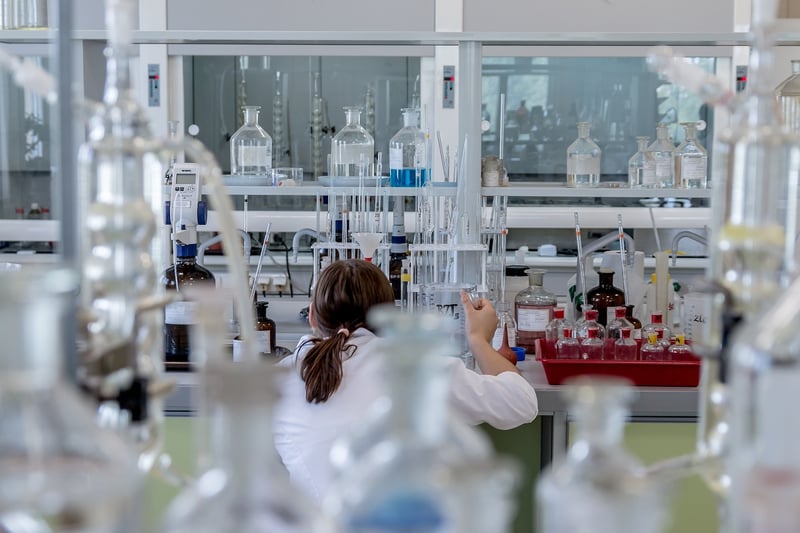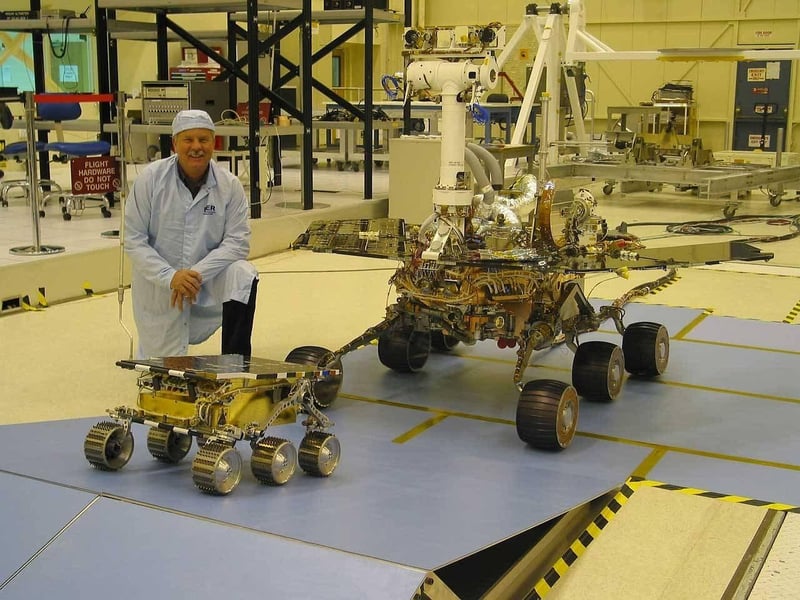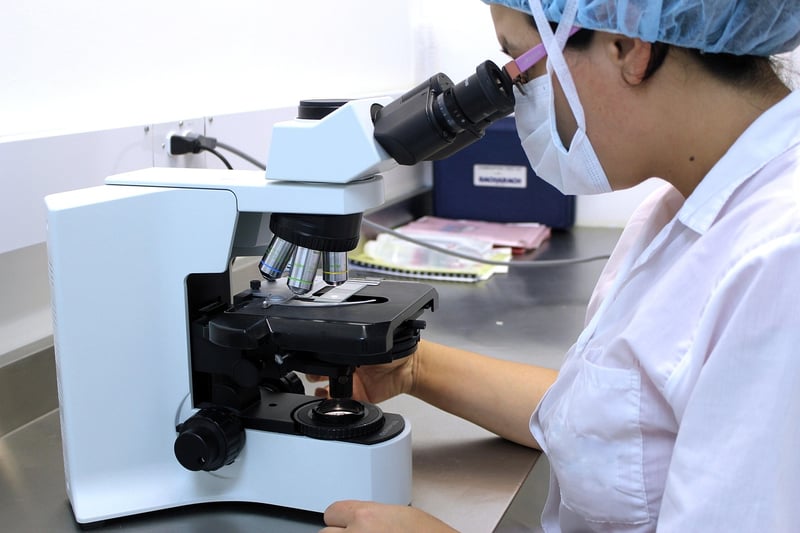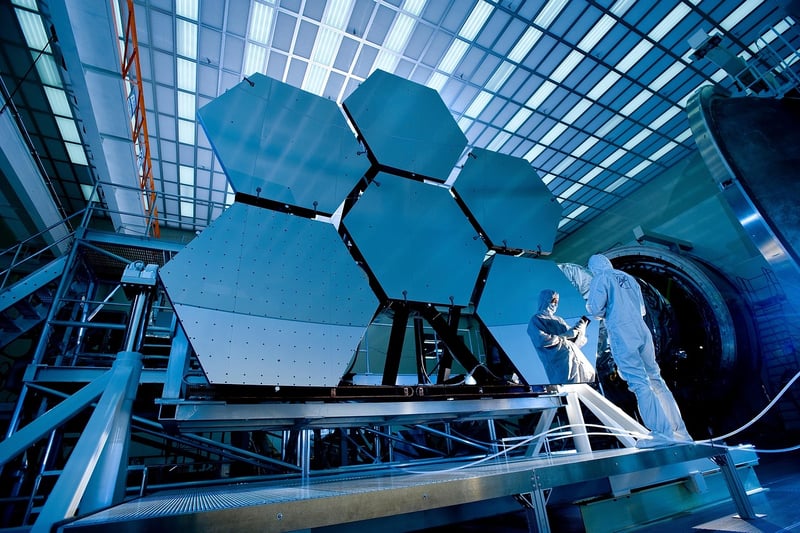Astrobiology Tools
The Intersection of Cutting-Edge Space Technology and Astrobiology Tools
Exploring the vast expanse of outer space and searching for signs of extraterrestrial life have always captured the imagination of scientists and space enthusiasts alike. The field of astrobiology combines various scientific disciplines to study the potential for life beyond Earth and the conditions necessary for it to thrive. In this quest for understanding the origins of life in the universe, cutting-edge space technology plays a crucial role in enabling scientists to push the boundaries of exploration.
1. Remote Sensing Technologies
Remote sensing technologies have revolutionized our ability to study distant planets, moons, and other celestial bodies in our solar system and beyond. Advanced imaging systems mounted on spacecraft provide high-resolution images of planetary surfaces, allowing scientists to identify potential habitats for microbial life and assess geological features that may indicate the presence of water.

2. Spectroscopy and Chemical Analysis
Spectroscopy is a powerful tool used in astrobiology to analyze the chemical composition of planetary atmospheres and surface materials. By studying the absorption and emission of light at different wavelengths, scientists can identify key molecules such as water, methane, and carbon dioxide that are essential for life as we know it.

3. Robotic Exploration and Sample Return Missions
Robotic rovers and landers equipped with sophisticated instruments are deployed to explore the surface of distant worlds and collect samples for analysis. These missions provide valuable data on the geological and chemical composition of planetary bodies, helping scientists assess their potential habitability and search for signs of past or present life.

4. Astrobiology Laboratories and Simulation Chambers
Astrobiology laboratories on Earth simulate extreme environmental conditions found on other planets to study the survival mechanisms of extremophiles - organisms that thrive in harsh environments. These studies help scientists understand the limits of life and develop strategies for detecting potential biosignatures on other worlds.

5. Next-Generation Space Telescopes
Upcoming space telescopes such as the James Webb Space Telescope (JWST) promise to revolutionize our understanding of the universe and search for habitable exoplanets. By studying the atmospheres of distant worlds and analyzing the light they reflect, these telescopes will provide valuable insights into the potential for life beyond our solar system.

As technology continues to advance, the field of astrobiology will benefit from innovative tools and techniques that enable scientists to explore new frontiers in the search for life in the cosmos. By harnessing the power of cutting-edge space technology, researchers are poised to unlock the mysteries of our place in the universe and expand our understanding of life's potential diversity beyond Earth.
